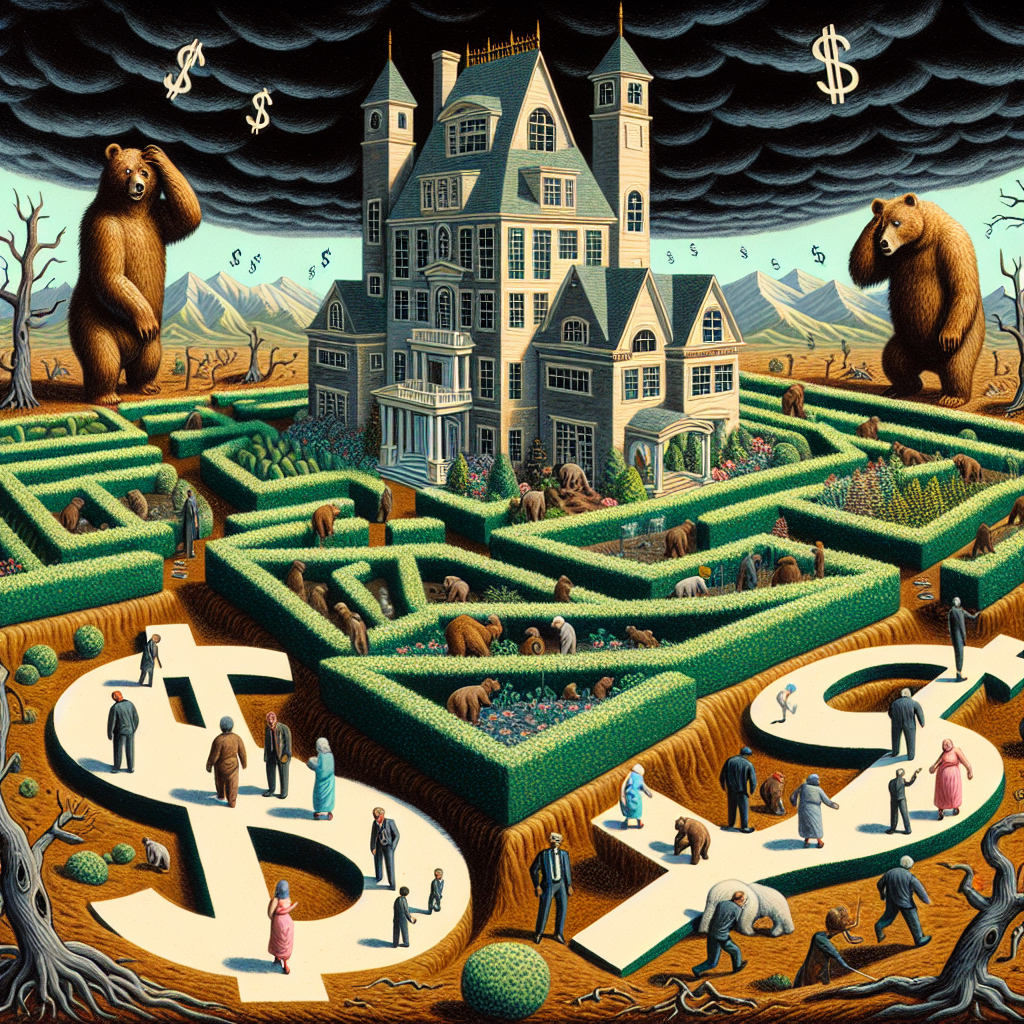The Growing Pains of Western Luxurification
In recent years, the concept of “luxurification” has become a significant trend in Western societies. This phenomenon, characterized by the transformation of everyday goods and services into luxury items, has reshaped consumer behavior and market dynamics. While it offers opportunities for economic growth and innovation, it also presents challenges that need to be addressed. This article explores the intricacies of luxurification, its impact on society, and the potential pitfalls it presents.
Understanding Luxurification
Luxurification refers to the process by which products and services traditionally considered ordinary are elevated to luxury status. This transformation is often achieved through branding, marketing, and the infusion of premium features. The trend is driven by several factors:
- Consumer Aspirations: As disposable incomes rise, consumers seek products that reflect their social status and personal identity.
- Globalization: Exposure to diverse cultures and lifestyles has increased the demand for unique and exclusive products.
- Technological Advancements: Innovations in production and design have enabled companies to create high-end versions of everyday items.
Case Studies: Luxurification in Action
Several industries have embraced luxurification, with varying degrees of success. Here are a few notable examples:
- Food and Beverage: The rise of gourmet coffee brands like Starbucks and artisanal food products has transformed simple pleasures into luxury experiences.
- Fashion: Fast fashion brands are increasingly offering premium lines to cater to consumers seeking affordable luxury.
- Automotive: Car manufacturers are introducing luxury features in mid-range models, blurring the lines between standard and premium vehicles.
The Economic Impact of Luxurification
Luxurification has significant economic implications. On one hand, it drives growth by creating new markets and opportunities for businesses. According to a report by Bain & Company, the global luxury market was valued at approximately $1.4 trillion in 2022, with a projected growth rate of 5-7% annually. This growth is fueled by the increasing demand for luxury goods in emerging markets and the expansion of luxury offerings in developed economies.
On the other hand, luxurification can exacerbate economic inequality. As luxury goods become more prevalent, the gap between those who can afford them and those who cannot widens. This disparity can lead to social tensions and a sense of exclusion among lower-income groups.
Social and Cultural Implications
The cultural impact of luxurification is profound. It influences societal values and norms, often prioritizing material wealth and status over other attributes. This shift can lead to a culture of consumerism, where individuals are judged based on their possessions rather than their character or achievements.
Moreover, luxurification can contribute to environmental degradation. The production of luxury goods often involves resource-intensive processes, leading to increased carbon emissions and waste. As consumers demand more luxury items, the pressure on natural resources intensifies, posing a threat to sustainability.
Addressing the Challenges of Luxurification
To mitigate the negative effects of luxurification, stakeholders must adopt a balanced approach. Here are some strategies:
- Promoting Sustainable Practices: Companies should prioritize eco-friendly production methods and materials to reduce their environmental impact.
- Encouraging Inclusive Growth: Policymakers should implement measures to ensure that the benefits of luxurification are shared across all segments of society.
- Fostering Cultural Awareness: Educators and community leaders should emphasize the importance of non-material values and promote a more holistic view of success.
Conclusion
The luxurification of Western societies presents both opportunities and challenges. While it drives economic growth and innovation, it also raises concerns about inequality, consumerism, and environmental sustainability. By adopting a balanced approach that prioritizes inclusivity and sustainability, stakeholders can harness the benefits of luxurification while minimizing its negative impacts. As this trend continues to evolve, it is crucial for businesses, policymakers, and consumers to work together to create a more equitable and sustainable future.



